'I' Rise Again
ISU civil and environmental engineering students design new Red Hill “I” … with a little help from their friends
Imagine that your homework assignment for the summer is to design one of the most precious and visible 71-foot tall symbols that Idaho State University and Pocatello community have. Oh, and make sure it will last 100 years on top of a steep hill made of rock and be completed in time for ISU Homecoming in October.
That was the challenge given to a group of ISU civil and environmental engineering undergraduate and graduate students who designed the new “I” that was placed on Red Hill this fall, ensuring that this icon retains its student roots. ISU students built the original Red Hill “I” and its preceding symbols including the “T” and the “4.”
“I think it is wonderful that here you have an icon that was originally built by students, and the new ‘I’ was designed by our students,” said Bruce Savage, civil and environmental engineering chair and associate professor. “The tie of having the students design it really brings back that the ‘I’ is for students, who are the university. That’s who we are here for.”
There were at least seven students involved with designing the “I.” It wasn’t easy and the students said they’re thankful for the support they received from former students, ISU faculty, ISU Facilities Services and private companies involved with the project.
The team leader was Jared Cantrell, a third-generation ISU master’s student from Mountain Home, who was also involved in helping create the Structural Laboratory at the ISU Engineering Research Center last fall. Jared was the 2017-2018 ISU Student Employee of the Year.
“The project overall was a significant challenge,” Cantrell said. “There were a lot of opinions to cater to and care about, so that was something you don’t always see in these projects; it was something new for the students and a unique challenge. The project itself, its location and the timeline, getting everything coordinated and pushed through, has all been a learning experience.”
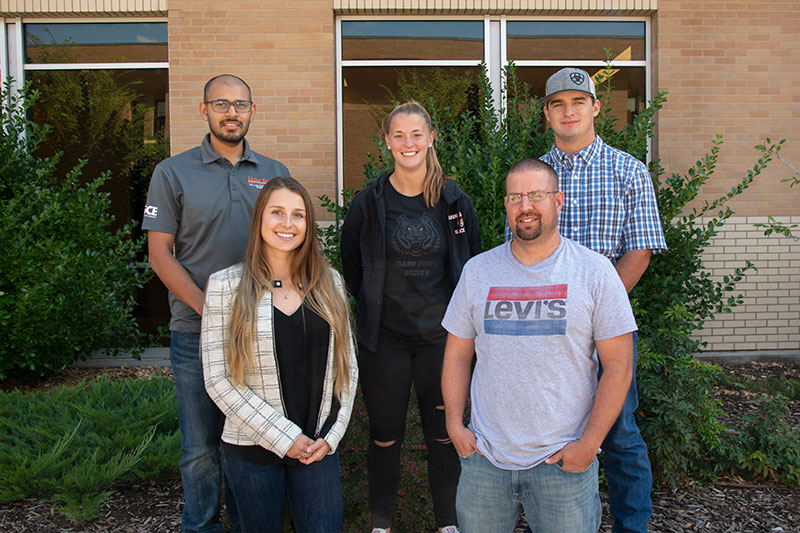
There wasn’t a lot to base the project on.
“It was a huge challenge because it wasn’t typical, it wasn’t something you could go and draw from a lot of experience other people have had,” Cantrell said. “It’s not to say other people haven’t done it, but there really wasn’t anyone from around here that was really familiar with that type of application and putting a piece up there.”
The sustainability of the “I” was important to the constituencies that wanted it built. The new “I” needed to look similar to the old one, but needed a longer life expectancy.
“They asked for us to have the ‘I’ be up there 100 years or more,” Cantrell said. “That’s what they pushed for and so that is what we aimed for.”
Both Cantrell and Savage said they think the ‘I’ is solidly built.
“The students did the design, drew up the plans and did the calculations,” Savage said. “They did a good job. It was a learning experience. This project has gone a lot of different directions, but they have a solid design. That ‘I’ is not going to go anywhere now. It will last for a lot of years. It is tied right to the hillside.”
Other civil and environmental engineering students involved on the project included Karma Gurung, a graduate student from Nepal who originally came to ISU as an undergraduate and has become a U.S. citizen; Katie Hogarth, a current undergraduate who plays on the ISU Women’s Soccer team and is the 2018-2019 ISU Student Employee of the Year; Mahesh Acharya, current undergraduate from Nepal; Joshua Ball, a local current undergraduate student; Ruchin Khadka, a graduate student from Nepal; and Samantha Kerr, a current undergraduate student from Canada. The students working on the project received an hourly wage.
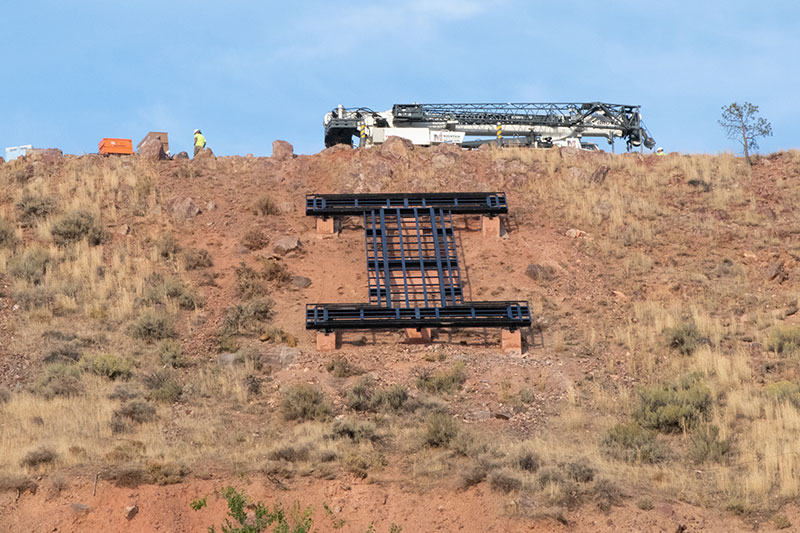
Although the students did most of the design work, their efforts were peer reviewed and assisted by ISU civil and environmental engineering faculty who volunteered their time throughout the project. ISU faculty on the project included Savage, who served in a team-leader role, Assistant Professor Mustafa Mashal, who served as the advising structural engineer, and Senior Lecturer Jim Mahar, who provided geotechnical expertise.
Krystal Chanda, who came up with the design concept, is an ISU alumna and an owner of A&E Engineering. A&E Engineering was brought on to the project for peer review to be the Engineer of Record. The students also worked with and sought advice from other major players in the project, ISU Facilities Services and Star Corporation, the contractor building the “I.” Darren Leavitt, coordinator of the College of Technology’s Civil Engineering Technology program, did most of the surveying for the project.
“The whole collaboration has really gone well,” Cantrell said. “With the students, they have some experience, but not a lot of them have been on real projects, so it was really good to get them involved with everyone who helped us and carry out the project in collaboration with everyone’s ideas and the best way to accomplish things. We really appreciate everyone who helped with the project.”
The students said it was an honor to work on the project.
“It was a great privilege for me to work for a project that had and will have great significance to the university and the community,” said Gurung. “The project was challenging at times but with great guidance from the faculty at ISU and the professionals at A&E Engineering, these challenges turned into opportunities for us to learn and grow.”
The students were also struck by the importance of the “I” to the community.
“It was interesting to see and good to see how many people cared about it,” he said. “The Alumni Association and other groups were really excited about doing this and they really wanted it to be a true, iconic structure that it was. They wanted the new one to have its roots tied back to the original ‘I’ and that was something that was important.”
Andy Taylor
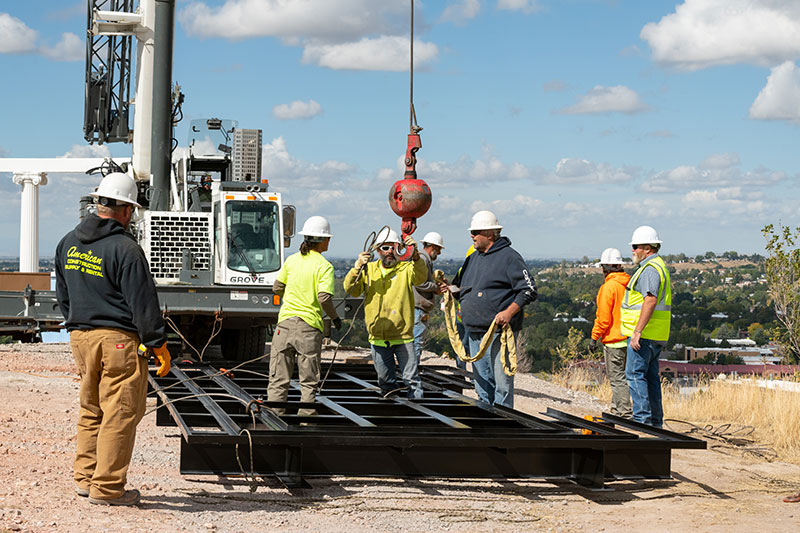
How the new “I” was built
- Test holes were dug to understand Red Hill’s soil makeup
- Foundations were hand dug
- A mud slab – which is a layer of concrete footing – was poured on top of the rock to give a working surface for the construction of the “I”.
- Holes were drilled down through the concrete down into the native rock.
- Steel bars were placed in the holes and grouted in-place.
- Concrete beams and piers, were poured on top of the footing to encase the steel bars
- A steel substructure was built on top of the concrete beams and piers.
- The final stage was building a steel superstructure that holds composite grating that makes up the visible “I”.
- The new “I” is 71 feet long and 24 feet wide. It is orange with a black border, with a white border around the black, retaining its original look.
- Facilities Services provided project management and oversight.
- Star Corporation was the contractor building the “I.”
- A& E Engineering was the engineer of record.
The Red Hill “I” was a uniquely ISU project
Besides students and faculty from the ISU Department of Civil and Environmental Engineering, other ISU employees and entities played vital and key roles in the construction of the “I.”
ISU Facilities Services has been involved with the project from the beginning.
“We have worked with the students on the design and on many different parts of the project,” said Cheryl Hanson, associate vice president for Facilities Services. “One thing different with this project is that its project manager is our own Herb Yee. Through a special agreement, the DPW (Idaho Department of Public Works) has delegated management of the project to ISU. This is the largest project we’ve ever run in house.”
ISU Facilities Services was ultimately responsible for the whole project.
“We coordinated with the contractors and did reports on all the tests on all the holes, foundations, footings, the soils – everything – this was not a typical project where we have the DPW taking over,” Hanson said. “It required a lot more commitment by my director of design and construction, Jason Adams, who also played a large role in the project.
Historical Timeline
Since its addition to campus in 1916, the icon has undergone a number of changes.
-
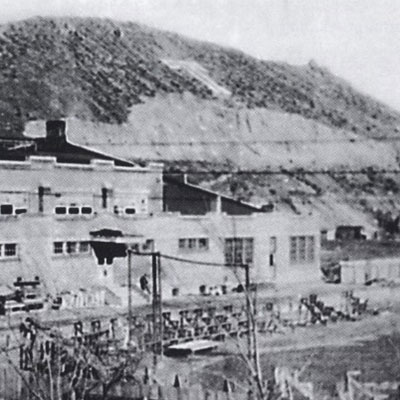
1916
"T": THE ORIGINAL SYMBOL
Originally a "T," the campus symbol was first placed on Red Hill in 1916 in recognition of the institution’s evolution from the Academy of Idaho to the Idaho Technical Institute.
-
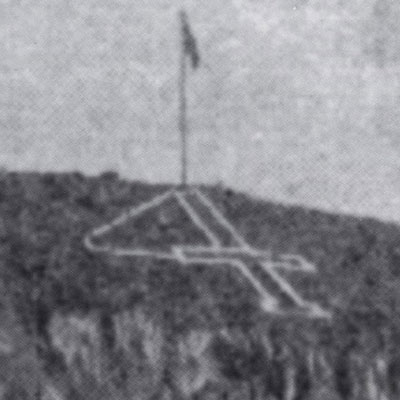
1926
"T" MODIFIED TO BE A "4"
The "T" became a tool for the students to display their desire for a four-year institution by changing their letter into the number "4."
-
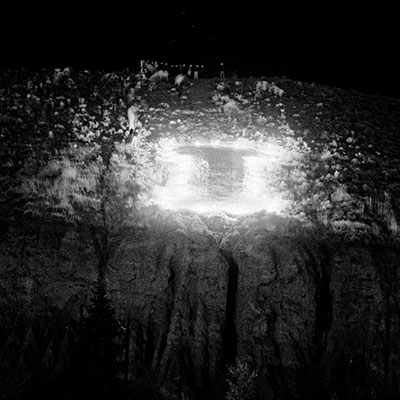
1927
"T" BECOMES AN "I"
Finally, when the Tech was made the University of Idaho Southern Branch in 1927, the Students couldn't wait to turn the "T" into an "I."
-
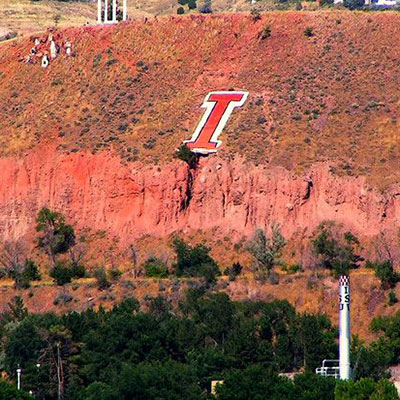
1927-2014
THE "I" LIVES A LONG FULL LIFE
The iconic mark keeps a watchful "I" over campus for 87 years. Occasionally requiring upkeep in the form of whitewashing and chicken wire. A number of campus traditions related to the "I" existed.
-
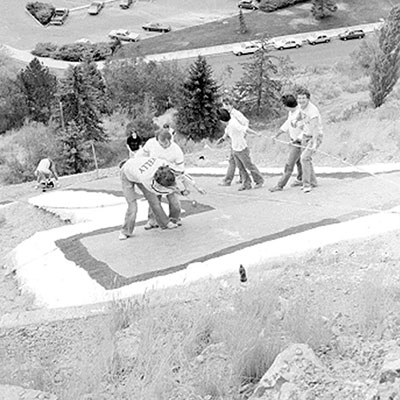
1960s
FIRST LOOK AT EROSION PROBLEMS
In the late 1960s, erosion problems on Red Hill were discussed, and the campus explored the feasibility of moving the "I" to a new location.
-
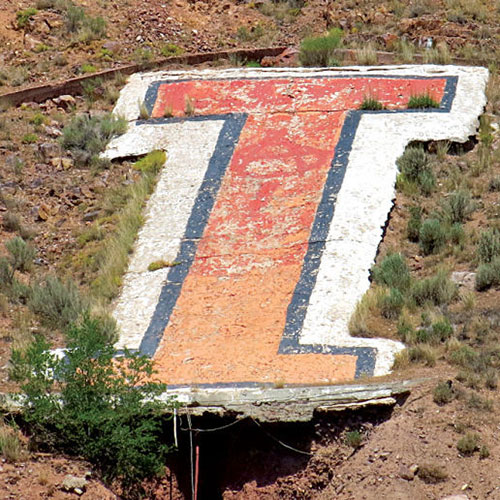
2014
ICON REMOVED
The "I" was eventually removed completely in June 2014 due to safety concerns related to ongoing erosion.
-
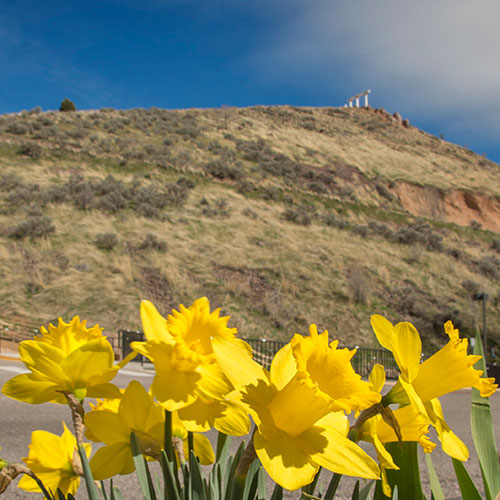
2014 – Present
PLANS AND PROMISES
During this time, Idaho State alumni, students, faculty, staff and community members have rallied to build a new "I" on Red Hill.
